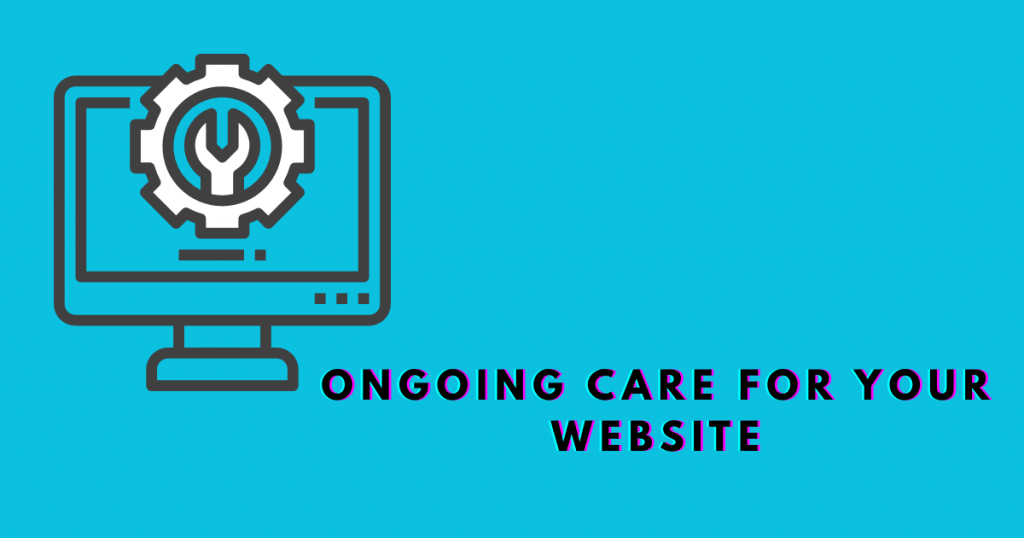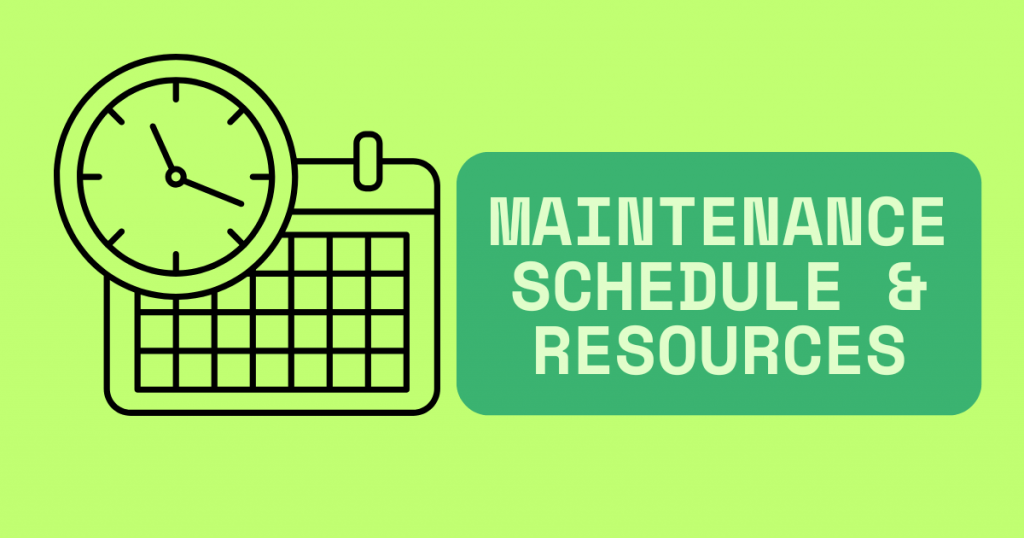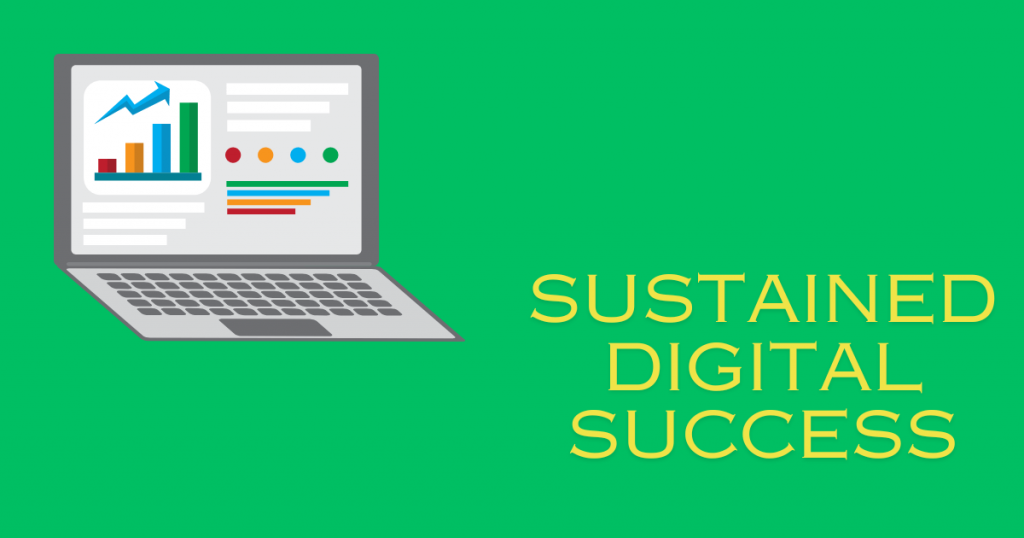Do you treat your website like a “set it and forget it” asset, only thinking about it when something goes wrong? Many small business owners underestimate the critical importance of ongoing website maintenance and security. Neglecting these can lead to slow performance, broken features, devastating security breaches, or even your site being blacklisted by search engines, severely impacting your business.
Imagine your website consistently running smoothly, loading quickly, and remaining secure against ever-evolving threats. Picture having peace of mind knowing your customer data is protected and your online presence is always reliable. Think of the prevented downtime, safeguarded reputation, and sustained growth that comes from proactive website care.
This post, “Keeping Your Website Healthy: Essential Maintenance and Security Practices for Small Businesses,” will outline the non-negotiable steps for maintaining a robust, secure, and high-performing website. We’ll cover everything from regular updates to backup strategies and crucial security measures. Get ready to transform your website from a potential liability into a continuously optimized asset.
Table of Contents

Why Ongoing Care is Non-Negotiable for Your Website
Unlike a static brochure, a website is a dynamic, living entity that constantly interacts with users, servers, and external software. This means ongoing care is non-negotiable for its health and longevity. The digital landscape is constantly changing, with new technologies emerging and new threats appearing daily.
Neglecting website maintenance and security can lead to:
- Vulnerability to Attacks: Outdated software is a prime target for hackers.
- Poor Performance: Slow loading times, broken links, or non-functional features.
- SEO Penalties: Search engines can de-rank or even delist insecure or broken sites.
- Data Loss: Without backups, a system failure or attack can erase all your valuable content.
- Bad User Experience: Frustrated visitors will leave and likely not return.
- Reputational Damage: A compromised or poorly performing site undermines trust and professionalism.
- Increased Costs: Fixing a major breach or a broken site is far more expensive than prevention.
Proactive maintenance and security are investments that protect your business, its data, and its online reputation.
1. Regular Software Updates: Your First Line of Defense
Perhaps the most fundamental aspect of website maintenance is regular software updates. This applies to your Content Management System (CMS) like WordPress, its themes, and all installed plugins/extensions.
- Why Update?
- Security Patches: Developers release updates to fix newly discovered vulnerabilities.
- Bug Fixes: Updates resolve glitches and improve stability.
- New Features & Performance Improvements: Keep your site optimized and benefit from new functionalities.
- Compatibility: Ensure all components work well together.
- How Often? Ideally, check for and apply updates at least once a month, or immediately for critical security patches.
- Best Practice: Before updating, always backup your website (see below). Test updates on a staging (test) environment first if possible, especially for major CMS updates, to ensure nothing breaks.
Neglecting updates is like leaving your doors and windows unlocked – an open invitation for trouble.
2. Regular Backups: Your Digital Safety Net
Regular backups are your website’s digital safety net. In the event of a hack, a software error, a plugin conflict, or even a simple mistake (like accidentally deleting content), a recent backup allows you to restore your site quickly and minimize downtime.
- What to Backup? Your website files (HTML, CSS, JavaScript, images, theme files, plugin files) AND your database (where your content, users, and settings are stored).
- How Often?
- Daily: For e-commerce sites or those with frequent content changes.
- Weekly/Bi-weekly: For blogs or informational sites with less frequent updates.
- Before Any Major Changes: Always before updating software, installing new plugins, or making significant design/content changes.
- Where to Store? Store backups off-site (e.g., cloud storage like Google Drive, Dropbox, Amazon S3) and not just on your web server.
- Test Your Backups: Periodically test restoring a backup to ensure it works correctly.
Having a robust backup strategy is non-negotiable for business continuity.
3. Website Security Measures: Proactive Protection
Beyond regular updates and backups, implementing specific website security measures provides proactive protection against a range of cyber threats.
- SSL Certificate (HTTPS): Ensures encrypted communication between your site and visitors, vital for trust and SEO. (If you don’t have this, get it immediately from your host or a provider like Let’s Encrypt).
- Strong Passwords & User Roles: Use complex, unique passwords for all admin accounts. Limit user access to only what’s necessary (e.g., don’t give “Editor” full admin rights).
- Security Plugins/Firewalls: For CMS like WordPress, security plugins (e.g., WordFence, Sucuri) can offer firewalls, malware scanning, brute force protection, and login attempt limits.
- Regular Malware Scans: Periodically scan your site for malicious code. Many hosting providers or security plugins offer this.
- Protect Admin Areas: Limit access to your admin login page (e.g., via IP restrictions), and implement Two-Factor Authentication (2FA) for all administrative users.
- Remove Unused Themes/Plugins: Minimize potential entry points for attackers. Deactivate and delete anything not in active use.
Security is an ongoing battle, but these measures significantly strengthen your website’s defenses.
4. Performance Optimization: Keeping Your Site Fast
Regular maintenance also includes performance optimization to ensure your website remains fast and efficient, providing a great user experience and good SEO.
- Image Optimization: Compress images before uploading them. Use responsive image techniques (Post 5).
- Database Optimization: For CMS sites, over time, databases can become bloated. Regularly optimize or “clean” your database (many plugins can help with this).
- Caching: Implement caching (via plugins or server-side) to store frequently accessed data, speeding up page load times.
- Minify Code: Reduce the size of your CSS, JavaScript, and HTML files by removing unnecessary characters.
- Monitor Uptime & Speed: Use tools (e.g., UptimeRobot, GTmetrix, Google PageSpeed Insights) to regularly check your site’s uptime and loading speed.
A fast website directly contributes to higher engagement, better search rankings, and increased conversions.
5. Content & Database Cleanup: Digital Decluttering
Over time, websites accumulate old content, spam comments, and redundant data. Content and database cleanup helps keep your site lean and efficient.
- Delete Drafts/Old Revisions: For CMS, old post revisions and drafts can bloat your database.
- Clear Spam Comments: Regularly delete spam comments to keep your database tidy and prevent security risks.
- Remove Unused Media: Delete images or files from your media library that are no longer used on your site.
- Broken Link Checks: Use tools to identify and fix broken internal and external links.
A decluttered website performs better and is easier to manage.

Maintenance Schedule & Resources
To ensure consistent website health, establish a maintenance schedule and know where to find resources:
- Daily/Weekly Checks: Monitor site uptime, check for new updates, scan for spam comments.
- Monthly Checks: Apply non-critical updates, review backups, check analytics for sudden drops in traffic.
- Quarterly Checks: Deep security scans, database optimization, broken link checks, content review.
- Yearly Checks: Review hosting plan, renew domain/SSL, comprehensive site audit.
Resources:
- Your Hosting Provider: Often offer managed updates, backups, or security features.
- CMS Documentation: Official guides for WordPress, Shopify, etc.
- Reputable Plugins: Many tools simplify maintenance (e.g., backup plugins, security plugins, caching plugins).
- Professional Web Developer: For complex issues or ongoing managed maintenance, hiring a developer or an agency is a wise investment.
A structured approach ensures nothing important falls through the cracks.

Your Website Health Playbook: Sustained Digital Success
You now have a powerful website health playbook for essential maintenance and security practices for your small business. From understanding why ongoing care is non-negotiable, to implementing regular software updates, robust backup strategies, proactive security measures, continuous performance optimization, and diligent content/database cleanup, you have the essential framework for a continuously thriving online presence.
Remember, your website is a living asset that requires attention and care. By committing to these practices, you’re not just preventing problems; you’re ensuring your website remains fast, secure, reliable, and an effective engine for your business growth for years to come.
Embrace this playbook, and watch as your digital home consistently supports your business goals and enhances your reputation.
Final Thoughts
You’ve now explored essential website maintenance and security practices for small businesses, keeping your digital home healthy and protected. From regular updates and robust backups to proactive security, performance optimization, and content cleanup, you have a comprehensive guide to ensuring your website’s longevity and effectiveness. Remember, consistent care prevents costly problems and safeguards your online reputation. If you need personalized guidance or have questions about implementing a maintenance and security plan for your website, please feel free to email me at info@arman-portfolio.com. I’m here to help you keep your website running smoothly and securely!
Frequently Asked Questions (FAQs)
Q1: Why is ongoing website maintenance crucial for a small business?
A1: It prevents vulnerabilities, ensures good performance, avoids SEO penalties, protects against data loss, improves user experience, safeguards reputation, and reduces costly emergency fixes.
Q2: How often should I update my website’s software (CMS, themes, plugins)?
A2: Ideally, at least once a month, or immediately for critical security patches. Always backup your site before updating.
Q3: What should I include in my website backup?
A3: Your website files (HTML, CSS, images, theme, plugin files) and your database (content, users, settings). Store backups off-site.
Q4: What is an SSL Certificate, and why is it important for security?
A4: An SSL Certificate (HTTPS) encrypts data between your site and visitors, building trust, protecting sensitive information, and improving SEO.
Q5: What are some basic security measures I can implement?
A5: Use strong, unique passwords, implement Two-Factor Authentication (2FA), install security plugins/firewalls, conduct regular malware scans, and remove unused themes/plugins.
Q6: How does website performance optimization tie into maintenance?
A6: Regular maintenance includes optimizing images, cleaning databases, implementing caching, and minifying code to ensure your site remains fast, which improves user experience and SEO.
Q7: Why should I delete old drafts and unused media from my website?
A7: This “content cleanup” helps keep your database lean, improves performance, and reduces potential clutter that can sometimes lead to vulnerabilities or make management harder.
Q8: What’s a good general maintenance schedule for a small business website?
A8: Daily/weekly checks for uptime/updates; monthly for non-critical updates/backups; quarterly for deep scans/optimization; and yearly for comprehensive audits/hosting review.
Q9: Can my hosting provider help with website maintenance and security?
A9: Many hosting providers offer managed services that include updates, backups, security features, and monitoring. Check with your specific provider.
Q10: If my website gets hacked, what’s the first thing I should do?
A10: Immediately take your site offline or switch to a “maintenance mode” page, then restore from your most recent clean backup. After restoration, change all passwords and thoroughly scan for remaining malware.

As a programmer and graphic designer, I’ve always been driven to immerse myself in diverse graphical tools and languages. This hands-on experience has been pivotal, not only expanding my technical proficiency but also sharpening my unique ability to adapt and apply these skills to new challenges and varied work environments.